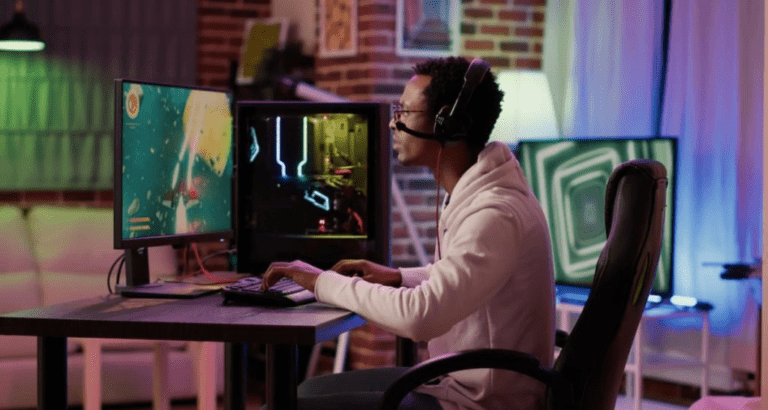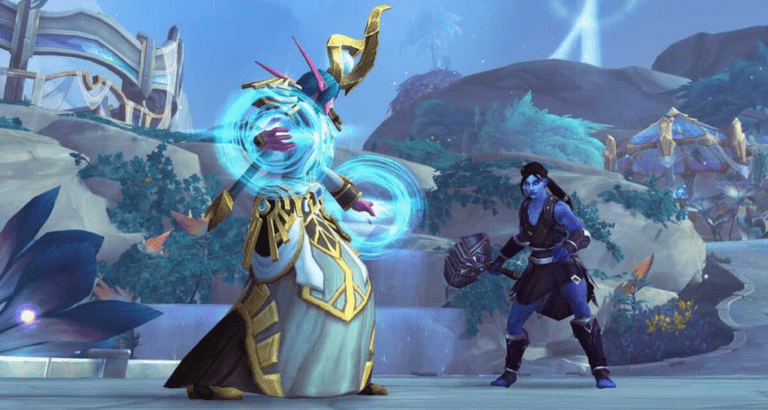Takeaway
Effectively managing external game development partners is crucial for the success of any game development project. By establishing clear communication, setting realistic expectations, and fostering a collaborative environment, companies can leverage external expertise while maintaining control over the project’s vision and quality.
Introduction
The landscape of game development has evolved significantly over the past decade, with many companies opting to collaborate with external partners to enhance their capabilities and expedite project timelines. However, managing these external relationships can be complex and fraught with challenges. This article outlines best practices for managing external game development partners, ensuring that both parties can work together effectively to create high-quality gaming experiences.
Understanding the Role of External Partners
External game development partners can take various forms, including outsourcing studios, freelance developers, and co-development teams. Each type of partner brings unique strengths and weaknesses to the table. For instance, outsourcing studios may offer cost-effective solutions for asset creation, while co-development teams can provide specialized expertise in specific game mechanics or technologies.
Identifying the Right Partner
The first step in managing external partners is identifying the right one for your project. This involves assessing their portfolio, expertise, and cultural fit with your internal team. Look for partners who have experience in your specific genre or platform, as this can significantly impact the quality of the final product. Additionally, consider their track record in meeting deadlines and maintaining communication, as these factors are critical for successful collaboration.
Establishing Clear Communication Channels
Effective communication is the cornerstone of successful partnerships. Establishing clear communication channels from the outset can help prevent misunderstandings and ensure that both parties are aligned on project goals. Utilize project management tools such as Trello, Asana, or Jira to facilitate ongoing communication and track progress. Regular check-ins, whether through video calls or in-person meetings, can also help maintain momentum and address any issues that arise promptly.
Defining Roles and Responsibilities
Clearly defining roles and responsibilities is essential for avoiding confusion and ensuring accountability. Create a detailed project plan that outlines who is responsible for each aspect of the development process. This should include not only the tasks assigned to external partners but also how they will interact with your internal team. By establishing a clear hierarchy and communication flow, you can streamline the development process and reduce the risk of bottlenecks.
Setting Realistic Expectations
One of the most common pitfalls in managing external partners is setting unrealistic expectations. It is crucial to have a clear understanding of what can be achieved within the given timeframe and budget. During the initial discussions, be transparent about your project’s scope, timeline, and budget constraints. This will help your external partners provide accurate estimates and avoid overpromising on deliverables.
Creating a Detailed Project Brief
A comprehensive project brief is an invaluable tool for aligning expectations. This document should include detailed information about the game’s concept, target audience, gameplay mechanics, art style, and technical requirements. Additionally, outline the milestones and deliverables expected at each stage of the project. By providing a clear roadmap, you can help external partners understand your vision and work towards it effectively.
Fostering a Collaborative Environment
Collaboration is key to successful partnerships. Encourage a culture of openness and creativity by involving external partners in brainstorming sessions and decision-making processes. This not only helps them feel valued but also allows them to contribute their unique insights and expertise. Consider using collaborative tools such as Slack or Discord to facilitate real-time communication and idea sharing.

Encouraging Feedback and Iteration
Feedback is an essential component of the game development process. Establish a structured feedback loop that allows both your internal team and external partners to provide input on each other’s work. This can include regular playtests, design reviews, and technical assessments. Encourage an iterative approach, where feedback is used to refine and improve the game continuously. This not only enhances the quality of the final product but also fosters a sense of ownership among all team members.
Monitoring Progress and Quality Assurance
Regularly monitoring progress is vital for ensuring that the project stays on track. Implement key performance indicators (KPIs) to measure the success of the partnership and the quality of the work being produced. This can include metrics such as adherence to deadlines, quality of deliverables, and responsiveness to feedback. Additionally, establish a quality assurance (QA) process that involves both your internal team and external partners. This collaborative approach to QA can help identify and address issues early in the development cycle, reducing the risk of costly revisions later on.
Utilizing Agile Methodologies
Agile methodologies can be particularly effective in managing external game development partners. By breaking the project into smaller, manageable sprints, you can maintain flexibility and adapt to changes as they arise. This iterative approach allows for regular feedback and adjustments, ensuring that the project remains aligned with your vision. Additionally, Agile practices promote collaboration and communication, which are essential for successful partnerships.

Legal Considerations and Contracts
When engaging with external partners, it is crucial to have well-defined contracts that outline the terms of the partnership. This should include details about intellectual property rights, confidentiality agreements, payment terms, and dispute resolution processes. Consulting with legal experts in the gaming industry can help ensure that your contracts are comprehensive and protect your interests.
Managing Intellectual Property
Intellectual property (IP) is a significant concern in game development. Clearly define ownership rights in your contracts to avoid potential disputes down the line. Ensure that all parties understand their rights and responsibilities regarding the use of assets, code, and other proprietary materials. This will help safeguard your IP and maintain the integrity of your project.
Conclusion
Managing external game development partners requires a strategic approach that emphasizes clear communication, realistic expectations, and collaboration. By following best practices such as defining roles, fostering a collaborative environment, and implementing effective monitoring processes, companies can successfully leverage external expertise while maintaining control over their projects. As the gaming industry continues to evolve, mastering the art of partnership management will be essential for staying competitive and delivering high-quality gaming experiences.
Key Points
- Identify the right partner based on expertise and cultural fit.
- Establish clear communication channels and define roles and responsibilities.
- Set realistic expectations and create a detailed project brief.
- Foster a collaborative environment and encourage feedback.
- Monitor progress and implement quality assurance processes.
- Address legal considerations and manage intellectual property effectively.
By adhering to these best practices, game development companies can enhance their partnerships with external developers, leading to successful project outcomes and innovative gaming experiences.

